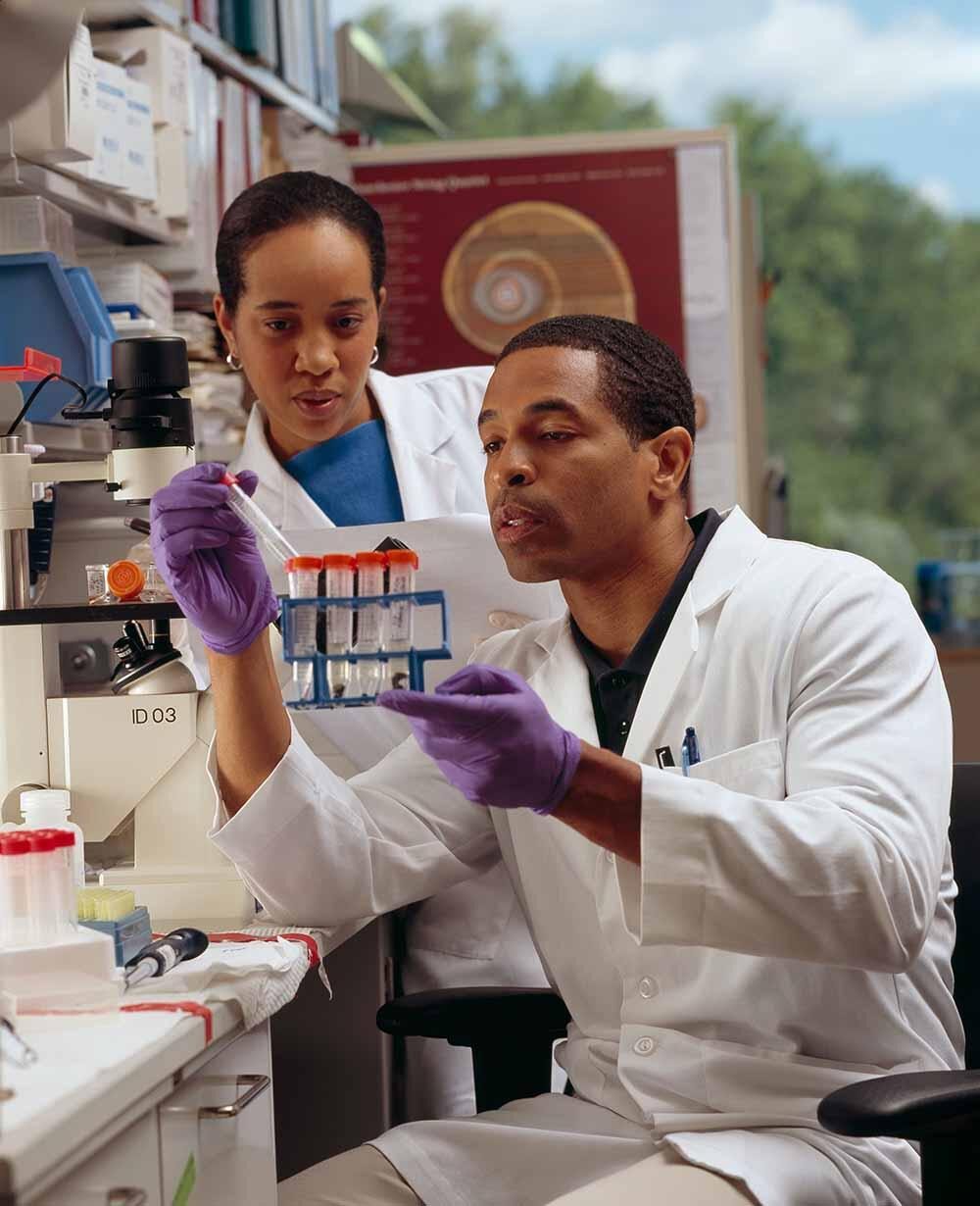Blog: Business
Reducing Barriers to User Adoption of a New LIMS
Introducing a LIMS can be the best thing that ever happened to your organization. But proper planning, akin to a military operation, ensuring a wide range of inputs and training are key to reducing the barriers to adoption.
9th March 2021

When a laboratory information management system (LIMS) is introduced into a laboratory it quickly becomes a core part of the organization’s I.T. strategy. Every sample that passes through the laboratory and the results of every assay that is performed are recorded within the LIMS. Many other aspects of laboratory and business management can also become part of the system. Rolling out a new LIMS across an enterprise may, therefore, initially be seen as a high-risk activity. However, this does not need to be the case if a few simple issues are addressed and a LIMS implementation is treated in the same way as any other business critical system roll-out.
The success of a LIMS project depends on several factors. Two that are commonly highlighted are the accurate modelling of laboratory workflows within the LIMS in a way that ensures increased efficiency; and ensuring that staff are involved and understand the benefits of the system and therefore work with, not against the system. Successfully implementing and deploying a LIMS does require proper planning to avoid these and other common pitfalls. These can include analysis paralysis (over-analyzing the organization’s needs and never moving forward) or, in global organizations, forcing a solution onto parts of the business where it does not fit. Key parameters which time and again define the success of a LIMS roll-out include:
- A clear understanding of business and user requirements
- User friendly interfaces, that ensure a high-level of user adoption
- LIMS workflows that match, or improve on, the existing laboratory workflows
- An understanding of the role of the laboratory to the success of the organization
- A clear understanding and management of the project constraints, especially time and budget
- Clearly defined change control management so that potential issues around scope creep are handled correctly
These points concentrate on the users, the business, and the project. Do users find it easy to use and does it do what they need it to do? Does the system meet the identified needs of the business and can it easily adapt when those needs change? Is the project set for success from the start with sufficient project management in place?

Planning is Key
An old idiom drilled into recruits in the British Army are “the 7 Ps” (Proper Planning and Preparation Prevents Pitifully Poor Performance). This adage is surprisingly relevant whether you are dealing with the logistics of a war zone or driving the digital transformation through the adoption of a LIMS across an organization.
Involving and communicating with the relevant teams across your business is fundamental to the success of the project. The best LIMS projects start with a well-defined requirements specification. Ideally stakeholders representing I.T., laboratory users, quality control, manufacturing and other relevant groups should all be involved as a project team with a project manager to co-ordinate and communicate with the wider group and external parties. A C-suite champion of the LIMS who can help smooth the way at upper management level is also a bonus.
Time must be taken at this point to ensure best practice is adopted, rather than capture poor working practice and limit future productivity of the organization. A guiding principle of digital transformation is to focus on the flow of data. For LIMS this is from sample registration to release of final results with all the stages and inputs in between. Many organizations already know their weak points, where they might be challenged to show compliance during an audit for instance. This stage is the best time to eliminate those weaknesses by designing them out of the system. Knowing how far to change the current workflows however is important, and clear cost benefit analysis is required to ensure that there is an acceptable business case for the costs involved with making the changes. Organizations must manage their requirements. One way to do this is to adopt a MoSoCoW approach where requirements are identified as Must have, Should have, Could have, and Won’t have. This can be combined with a phased approach to the project to ensure the critical core of the rollout is successful with a solid foundation on which to build subsequent phases.
External facilitators such as the technical consultants at Autoscribe Informatics, with a broad experience of LIMS implementations across many different industries, can help in this process by interviewing the various stakeholders and pulling the user requirements together as a cohesive document. The detailed knowledge of external facilitators with experience of many other implementations can be highly effective in driving digital transformation; however, always remember that this is your project and your system. Use external resources wisely and always work closely with them to make best use of their expertise for your benefit.
Badly defined user requirements are a major reason for project failure, often associated with a lack of stakeholder consultation. The collaborative approach described above ensures the implementation will address user needs and facilitates user adoption. Driving digital transformation across an organization, like getting rations to the front line, requires a well thought through plan and teamwork.

The Big Bang Theory
One aspect of any plan is whether to adopt a phased approach to the introduction of the system or to take the big bang approach for your project. In a phased approach key areas, workflows, or sites are identified for early integration to the LIMS. This allows success of the system to be demonstrated quickly and, in turn, can generate anticipation for the introduction of the system throughout the organization. The big bang approach, however, waits for the whole system to be completed before being introduced simultaneously throughout the organization. Generally, experience has shown that a phased approach often works better, especially in diverse organizations that may have multiple workflows or ways of working to support.
No matter which approach is taken it is important to have an adaptable LIMS to support the approach. By design Autoscribe’s Matrix Gemini LIMS is highly adaptable. Its built-in configuration tools allow the building of the required workflows to support the entire organization, as well as individual laboratory users in their day-to-day tasks. Changes can be made in a controlled way by a LIMS administrator using the built-in configuration tools. In this way any screens or workflow can adapt to changing needs and practices. A three-day training course is provided specifically to train users on the use of these configuration tools. In addition, as the underlying software is not affected in any way by using these tools all configuration, whether done by Autoscribe or the customer, is fully supported by Autoscribe, and the Autoscribe help desk is available to advise users configuring their own screens.
Understanding that each laboratory can have very different needs across large organizations is critical. Whilst the ‘Big Bang’ approach can be higher risk than a phased approach to LIMS implementation, the real key is the configurability of the LIMS, enabling it to adapt and evolve throughout its long life. Ensuring your LIMS can do this will pay dividends through greater user acceptance, closer fit to the changing needs of each laboratory, and higher productivity.

Conclusion
LIMS projects that engage all the stakeholders early on and encourage their input through open communication usually have the best outcomes. Take the time to understand your needs and create a clear requirements specification, including the nuances and needs of the differing laboratories and sites. Do not be coy about the need to configure the LIMS to suit the needs of each location and to train staff appropriately to use it. This small overhead will pay dividends over time with a more user-friendly system, higher productivity, and happier staff.
Remember that proper planning and preparation, properly communicated, provides the foundation to user adoption and success.
